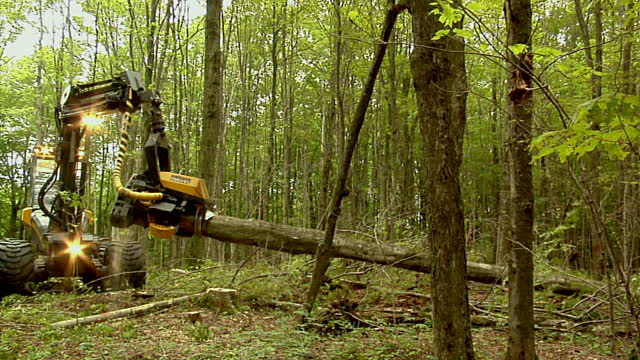Life in Pakistan is full of diverse variety of flora and fauna .wild life in Pakistan is expanded throughout the country due to immense geographical and ecological diversity of Pakistan. Great variety of wildlife species like mammals, birds, reptiles, amphibians, marine habitat is supported in different zones of the country from tropical areas to alpine highland areas. The diversity of wildlife habitat in Pakistan, although was rich at one time, is now at the threat of extinction or decline due to environmental degradation .some of the extinction species have been recovered by the efforts of environmental conservation of Pakistan.
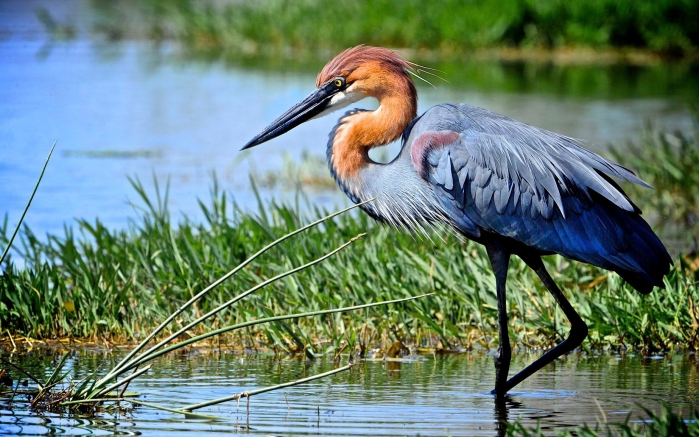
High land wild life :
The unique wildlife diversities are found to be living in the K-2 highland ranges and the rich life diversities are seen to be spread to the Coral reefs of Makran coasts below Sea level. Snow leopard, the biggest predator food chain is found in the snow field of Hindu Kash range, Himalayas, and the karaka ram ranges. The endangered cats species found in the highland areas are rarely seen in case if it is drawn to the village in search of the life stock. A drastic reduction has been noticed in the number of blue sheep and Tibetan wild ass. Also, the cheer pheasant has got extinct from the Pakistan’s geographical boundary. The western home tragopan was said to become extinct from the geographical boundaries of Pakistan but it is reported again to be found in the Indus Kohistan region of Pakistan in low number.
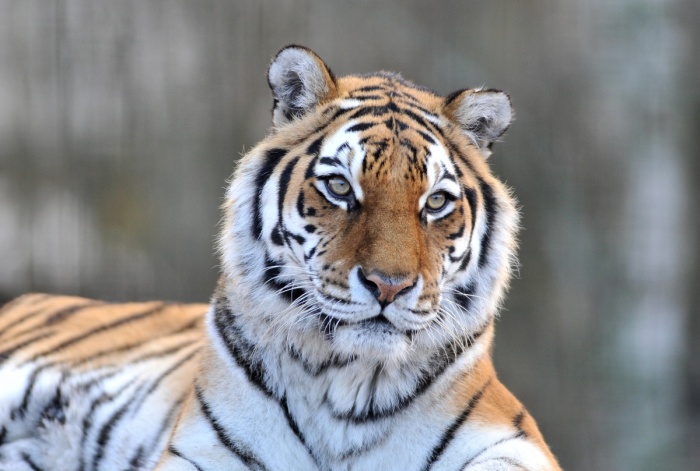
Hoofed mammals and diverse birds species:
Hoofed mammals like markhor and wild birds like Monal Pheasant, Western Horned tragopan are found in the alpine and the subalpine areas of Pakistan like Swat, Chitral, Dir, Kohistan, Astore, Skardu, Hunza, Gilgit, Astore, These species are considered as endangered species and are recorded as extinct in the red data book of IUCN. Suleiman range and the Kirthar range is composed of life habitat possessing the unique and the rare characteristics Urial ,Chinkara, Sindh ibex, which are in threat of diminishing from the territory .
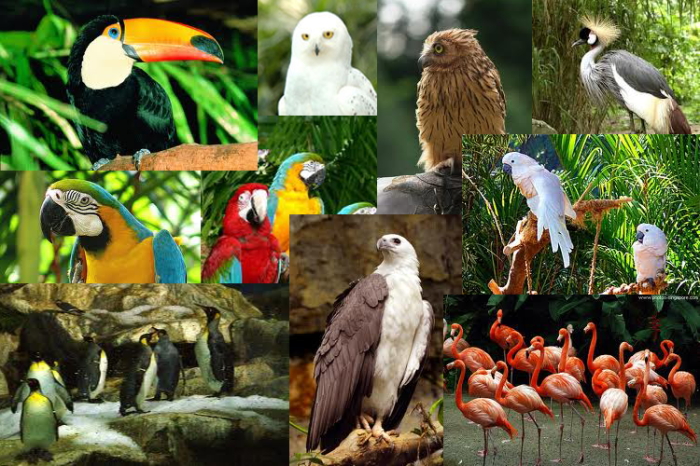
Threats to wildlife diversity:
Here we will discuss some of the major threats that the wild life Pakistan is encountering in the current era.
The increase in population :
The increase in population is rendering the pressure on the natural resources and natural habitats. Due to the economic inequality, The poor people are forced to depend on the natural resources which in turns causes the destruction of wildlife habitat.
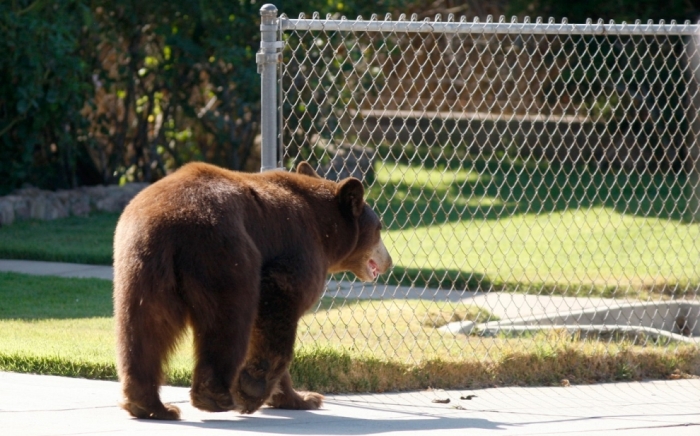
Hunting of wildlife :
Hunting is a tradition and old sport in Pakistan. people hunt the wildlife for their recreation in spite of the fact that hunting is considered as an illegal act, hunting in Pakistan still peruse and led to the extinction of many rare species in Pakistan . People hunt the animal for the different reason some hunt for food others for the skin, and some animals like elephants are hunted for their ivory.
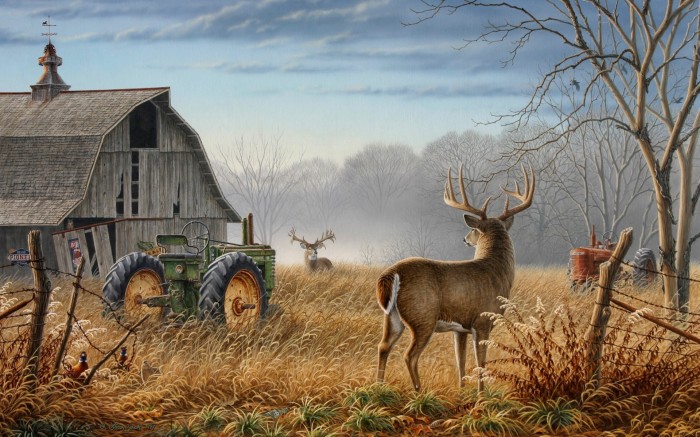
Irrigated agriculture:
Irrigated agriculture is an another threat to the riverine and mangrove forest habitats in Pakistan. There were the rich variety of plants in these forests but these are getting extinct day by day. Their extinction will result in loss of many rare fish habitats from the ecosystem.
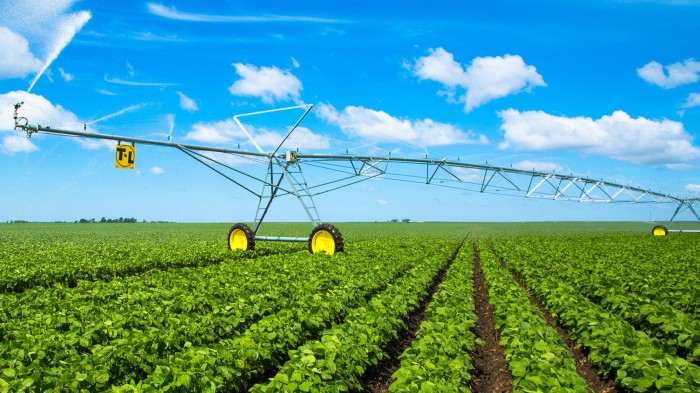
Deforestation:
Cutting of forests is a great threat to the wildlife habitat. It results in disappearing of habitat for the grazing animals. Cutting of trees makes the extinction of reptiles, snakes, and rare birds. Due to deforestation it is said that approximately 1% of forest are cut annually in North West Frontier Province in Pakistan.
